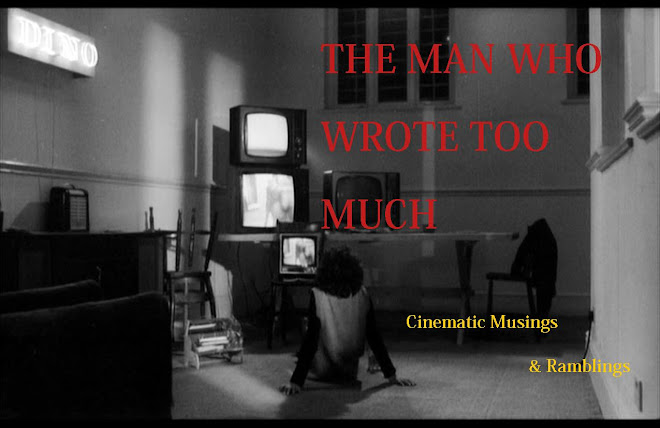From George Romero’s watershed Night of the Living Dead (1968) onwards, we can easily play ‘spot the allegory’ as references to the counterculture, civil rights movements, Nixon’s politics and the Vietnam War abound. A good overview of how this era would go on to influence the 1970s careers of Carpenter, Craven, Cronenberg et al, can be seen in Adam Simon’s documentary An American Nightmare (2000). One film from this fruitful period that isn’t provided with an overview in the documentary though is Bob Clark’s Deathdream (also known by the even more generically 42nd street grindhouse title of Dead of Night).
+1.JPG)
Clark (who mined a rich vein in cult horror during the mid Seventies with this, Children Shouldn’t Play with Dead Things (1972) and Black Christmas (1974) before finding infamy in 1982 with the teen sex ‘n’ slapstick romp Porky’s) boldly takes on the issue of veterans returning from the Vietnam War, tapping directly into the uneasiness of the period.
The film at an intrinsic level is essentially a contemporary retelling of W.W. Jacob’s famous short horror fable The Monkey’s Paw. Here a fresh faced infantryman Andy Brooks (Richard Backus) is seemingly killed in a striking low budget fever dream recreation of Vietnam in the film’s opening scene. We then cut to his family who are informed that he is M.I.A. and presumed dead. His mother’s refusal to accept this leads her to pray for his safe return, which duly takes place the following night. Except now rather than the vivacious all American apple pie eatin’ young gun that left them, he instead returns as an anaemic and disturbingly somnambulistic young chap with a sideline in casual canine slaughter and family friend butchery.
+2.JPG)
It is finally and unsurprisingly revealed that Andy is now a slowly decaying member of the undead (make-up for which is provided by a debuting young war Veteran named Tom Savini) who needs human blood to keep himself relatively ‘fresh’. The film never attempts to play this for laughs, thankfully averting any images of Weekend at Bernie’s esq. scenarios. Nor though does the film particularly attempt to force cheap scares upon us. Clark instead envelops the viewer with a creeping dread, a fatalist approach that makes it clear we are not in for a happy ending. Everything in the film hints towards misery, from the mise-en-scene of the middle American mundane, in which our protagonist’s hometown is everywhere and nowhere, a world of identikit prefabs and greasy spoon cafes, through the wonderful lighting of the family home’s hallway, the staircase lit like a shadowy representation of their collective mental disintegration, to a minimalistic soundtrack so intensely coarse it sounds like it’s being scratched across the celluloid.
+3.JPG)
So to return to the subject of horror as allegory, Clark here paints a picture of the difficulties faced by veterans returning from war, attempting to return to normalcy after witnessing months of shocking atrocities. Throughout the first half of the picture Andy is like a pent up ball of post-traumatic stress, finding himself unable to communicate the horror of his putrefying form with those he loves. The scenes of his self-preserving attaining of blood from people by using syringes (in a clear precursor of Romero’s Martin (1977)), and watching his eyes roll back in a hit of junkie lust clearly reminds us that for some the only way to escape the war still raging on in their minds was to turn towards narcotics. While Deathdream is hardly Born on the Fourth of July, it is still a film that resonates far beyond its current undervalued position as a cheapo early seventies fright flick.

+2.JPG)
+3.JPG)
+4.JPG)